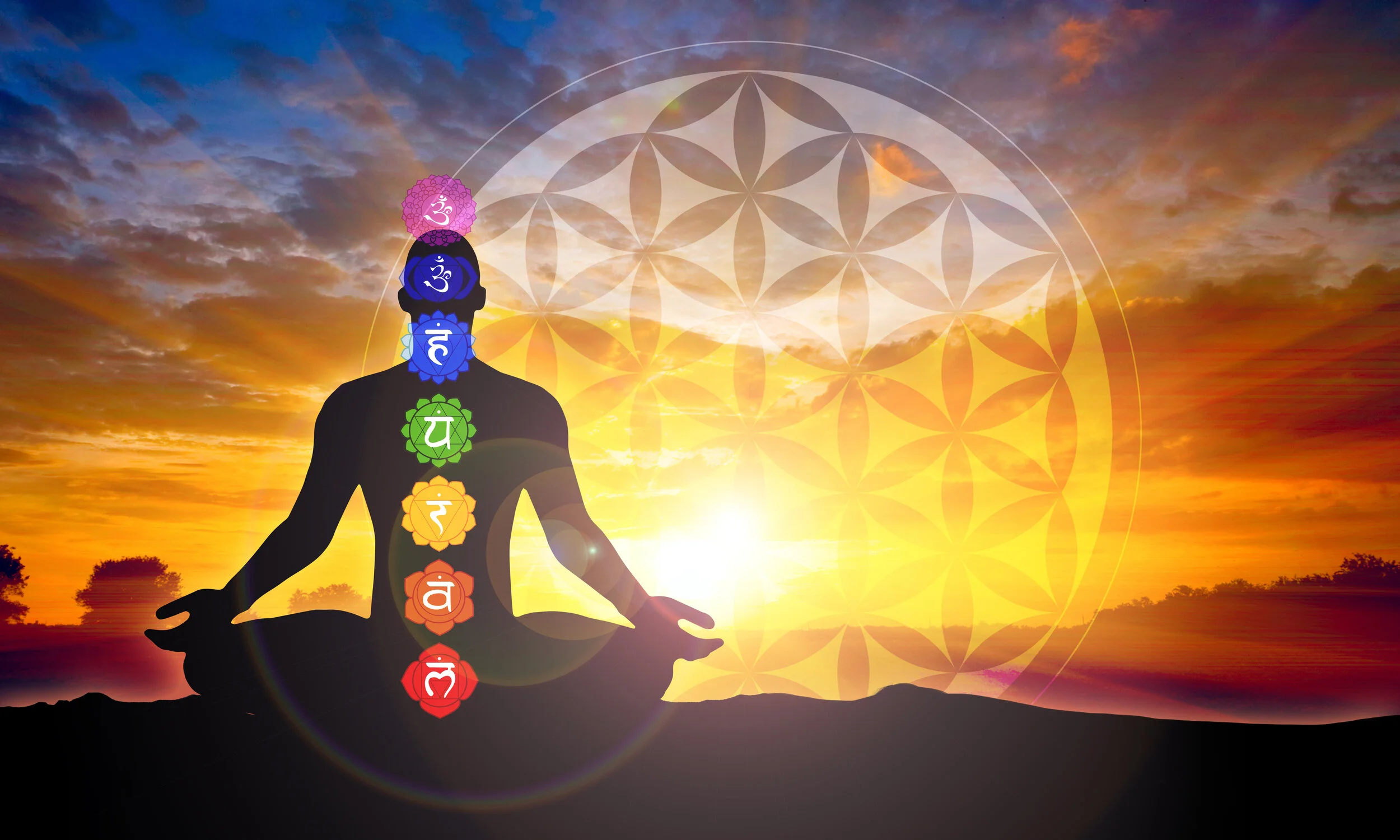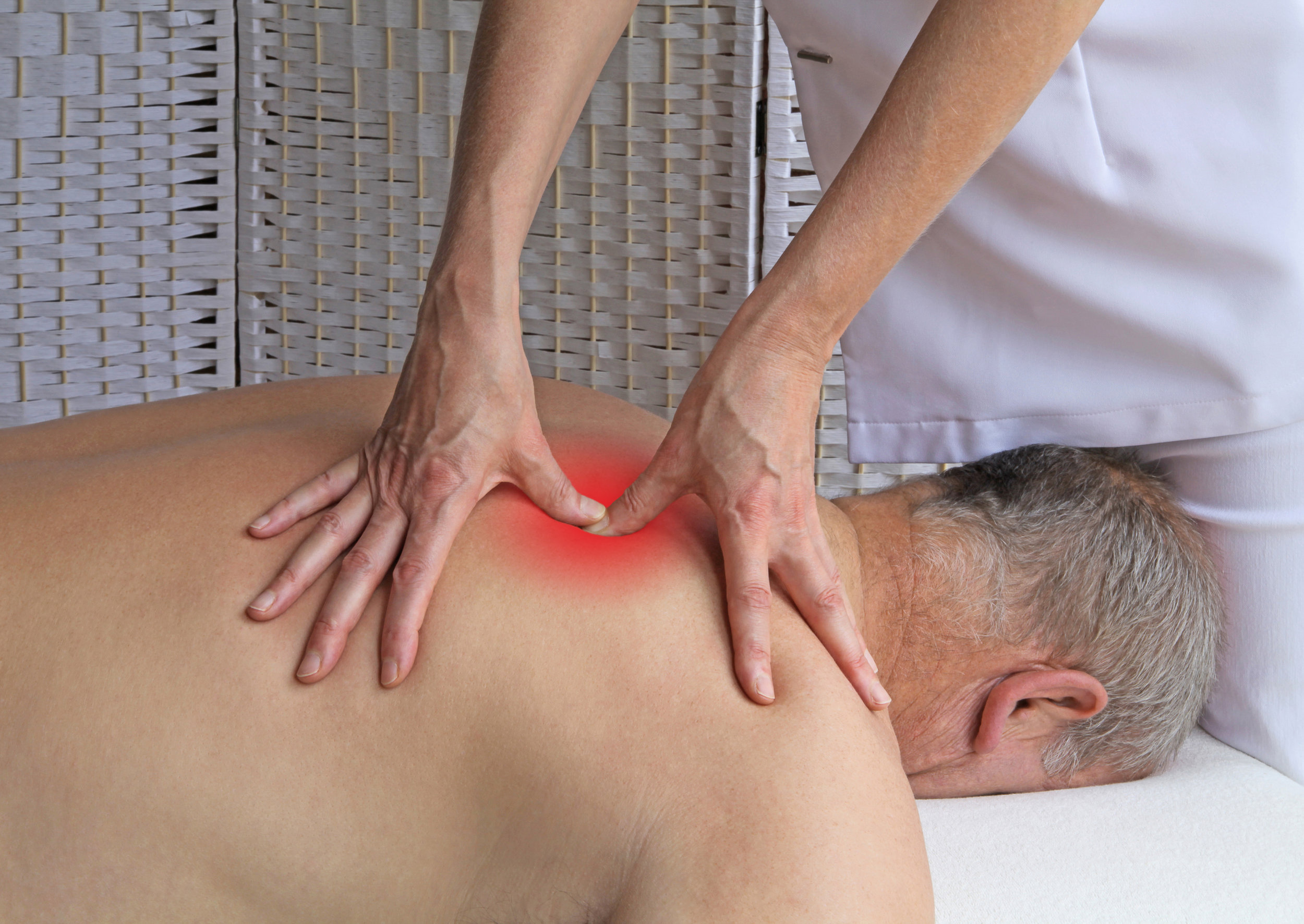The number one cause is, as can be expected, muscular overload. Muscular overload is not just the physical strain the muscle is put under, but also the degree of strain placed on the neuromuscular control mechanism. The latter being the weak link in the normal function of the muscle. A malfunction in the neuromuscular system is the primary cause of the development of muscle knots.
Read MoreKnots are also medically known as “myofascial trigger points”. The question we all want to ask is: how do they get there? Several theories have been put forth as to why they develop, but as the years have gone by researcher seem to have agreed on an explanation.
Read MoreBack pain, although not usually a sign of a more serious condition, can be very disruptive to your daily routine. In the majority of cases, acute back pain will improve after a couple of weeks or months. However, in a few cases the back pain becomes chronic or it returns with regular intervals.
Read MoreDr Sarno is an American Professor of Rehabilitation Medicine who has published several best selling books on the subject, such as: Healing Back Pain: The Mind-Body Connection and Mind Over Back Pain. He developed the theory of there being a psychological and emotional basis for back pain and symptoms, after studying the behaviour of his own patients. The theory, also called TMS (tension myoneural syndrome), is based on the belief that it is a psychosomatic illness which is causing chronic back, neck, and limb pain, which is not relieved by standard medical treatments. Although his theory has yet to be accepted by mainstream medicine, he has successfully treated and cured thousands of patients based on his theory.
Read MoreTrigger points can cause a whole host of symptoms such as headaches, neck and jaw pain, low back pain, numbness, tingling or weakness. However, the cause of these symptoms, the trigger point, is usually far removed from the symptom's location. Trigger points cause pain in a distant location, just as the trigger of a gun sends out a bullet to a distant location causing pain when it is pulled.
Read More




